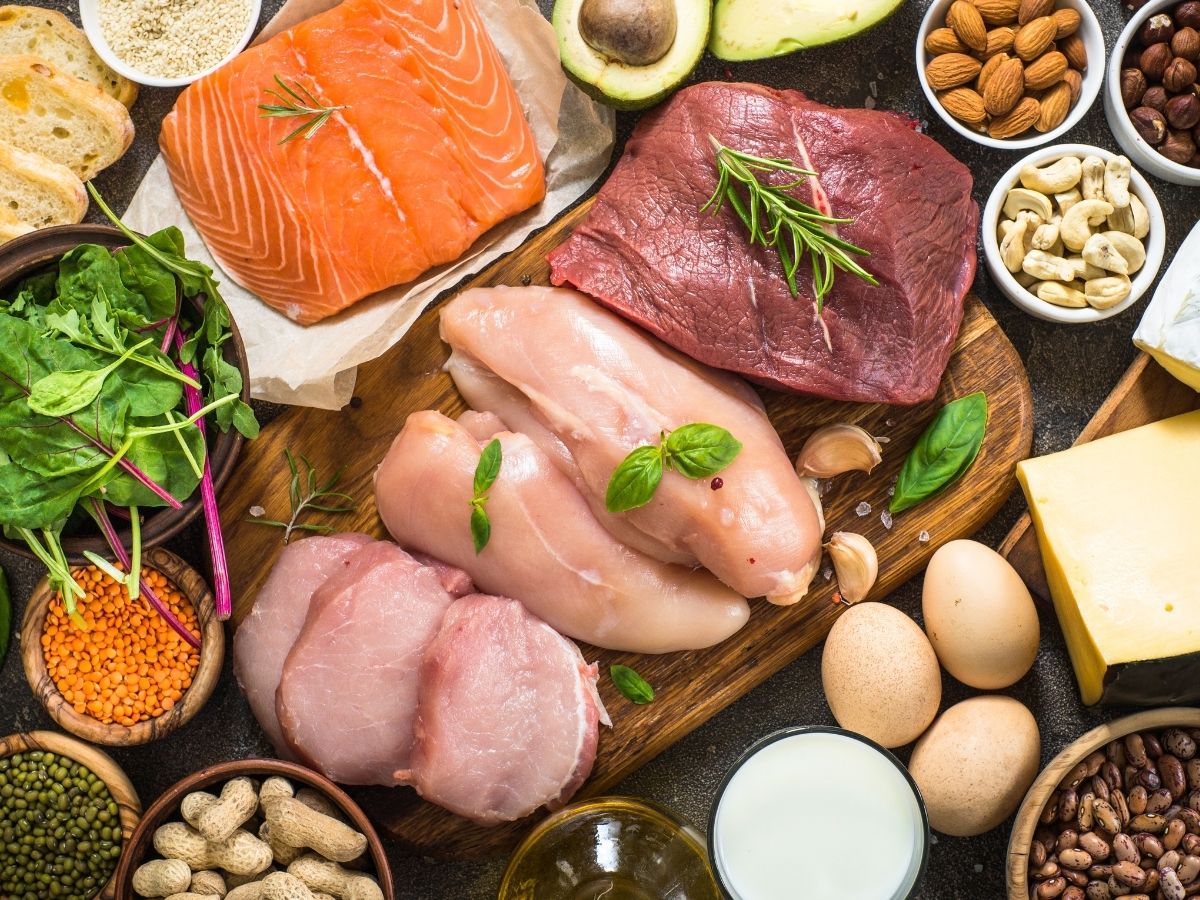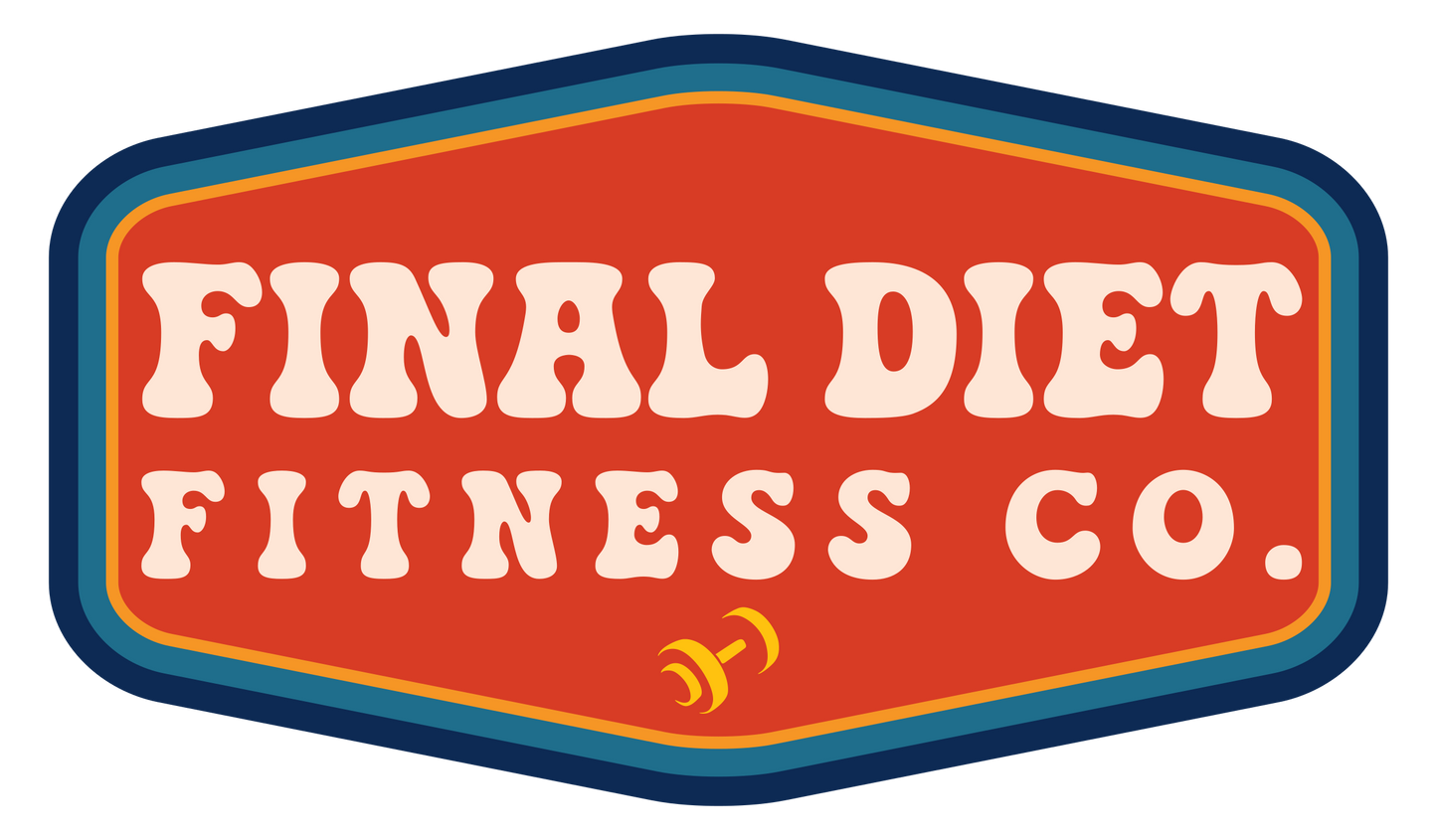
Why Protein Is Essential in a Deficit
Protein preserves lean mass, boosts satiety, and slightly raises the thermic effect of food. More fullness, better recovery, better look as you lose fat.
How Much?
- Most dieters: 0.7–1.0 g/lb of goal bodyweight.
- Higher bodyweight: aim for 0.7–0.8 g/lb of goal weight to keep it workable.
Timing & Distribution
Spread protein across 2–5 feedings (~25–45 g each). Post-workout timing isn’t magic, but getting total daily right is.
Easy Protein Ideas
- Breakfast: Greek yogurt bowl; egg-white omelet + turkey; protein oatmeal.
- Lunch: Chicken + quinoa bowl; tuna wrap + veggie crunch.
- Dinner: Salmon + rice + greens; lean beef + potatoes.
- Snacks: Cottage cheese + fruit; beef jerky + apple; protein shake + berries.
Common Pitfalls
- Relying on ultra-lean protein only → hunger later. Add veggies and a smart carb.
- Overshooting fats with “healthy” add-ons. Measure oils/cheese; add flavor with herbs/spices/salsas.
- Forgetting weekends. Pre-plan a high-protein breakfast and an emergency snack kit.
Key Takeaways
- Hit total daily protein, distributed across the day.
- Pair protein with fiber-rich carbs and veggies for best satiety.
- Keep 2–3 “go-to” meals you can repeat on busy days.
